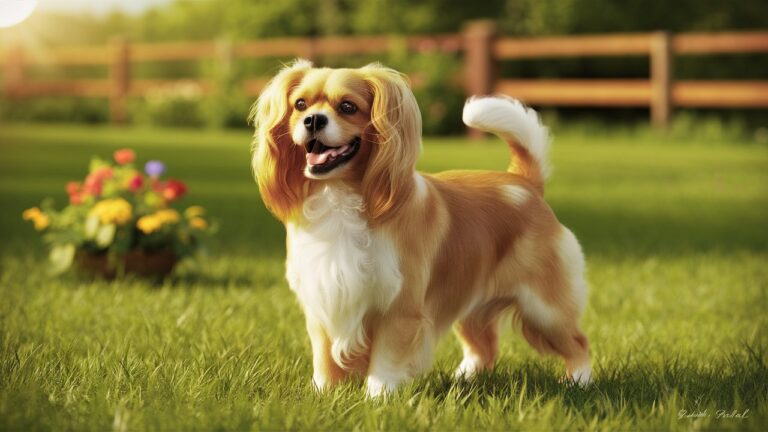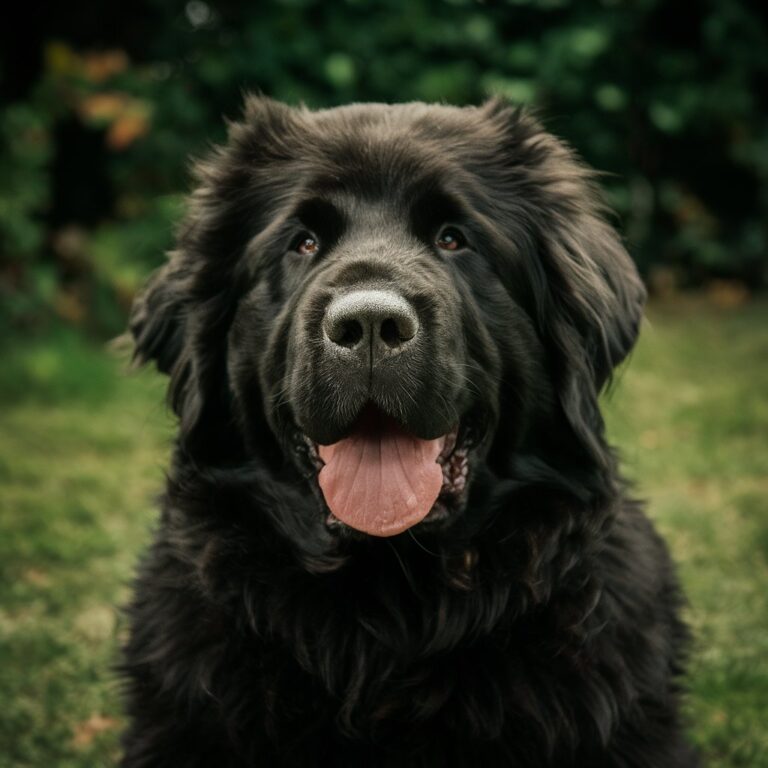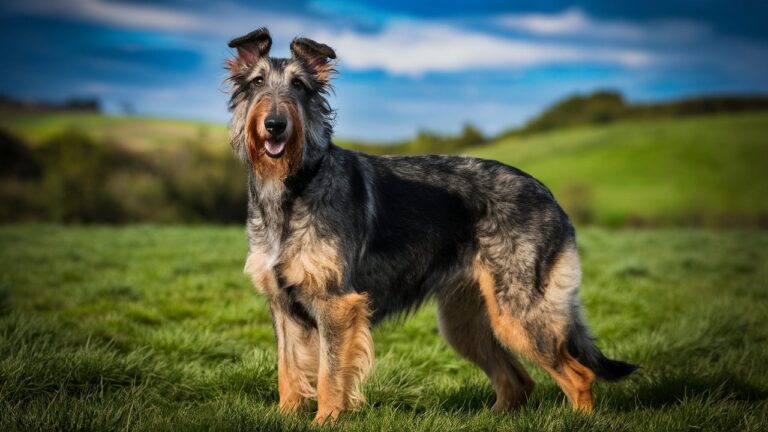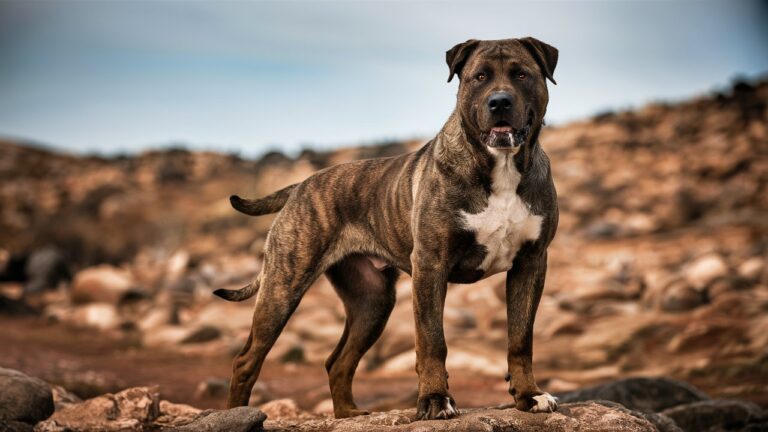Polish Lowland Sheepdog 100% Comprehensive Guide
The Polish Lowland Sheepdog, also known as PON (Polski Owczarek Nizinny), is a remarkable breed known for its intelligence, loyalty, and charming appearance. This breed has a rich history and is highly valued in its native Poland for its herding abilities. In this comprehensive guide, we will explore the history, characteristics, training needs, and health concerns of the Polish Lowland Sheepdog, along with personal anecdotes and tips for potential owners.
History of the Polish Lowland Sheepdog
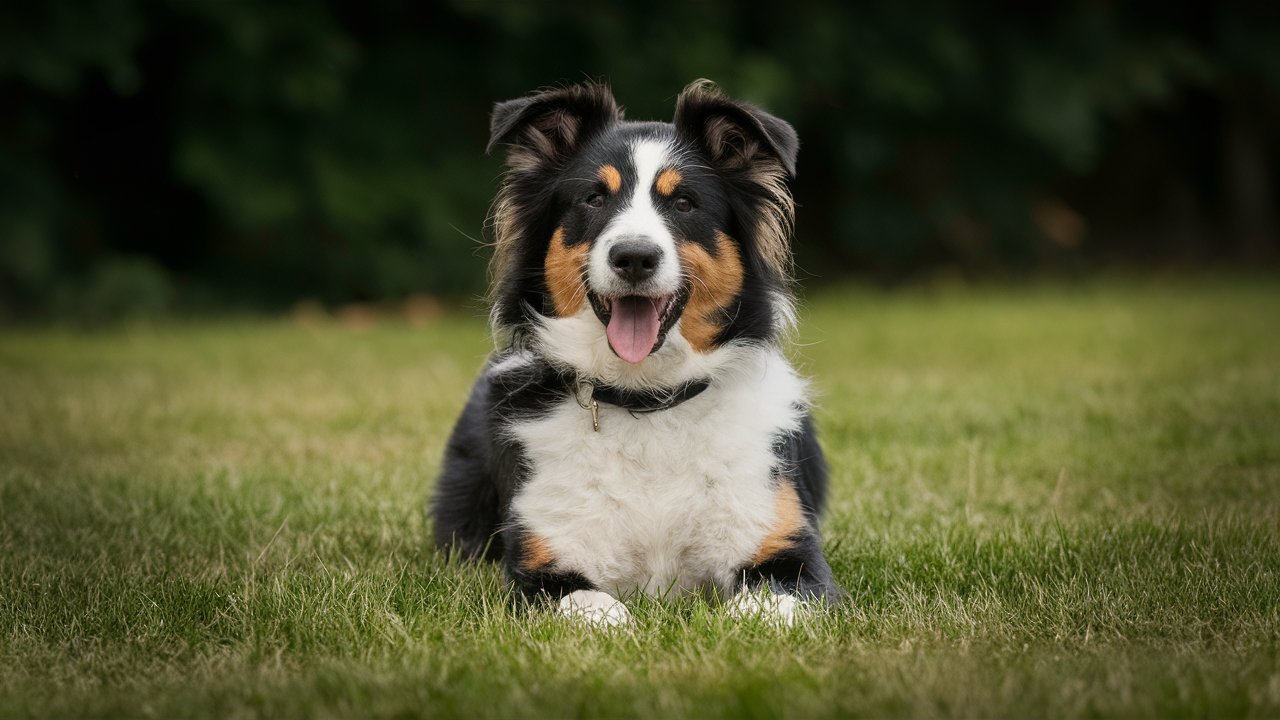
Origins
The Polish Lowland Sheepdog’s origins trace back to the early 16th century in Poland. They were initially bred for their herding capabilities, helping farmers manage their livestock. These dogs were highly valued for their agility, intelligence, and strong work ethic, which made them indispensable on Polish farms.
World War II Impact
The breed faced near extinction during World War II due to the devastation in Poland. However, dedicated breeders worked tirelessly to revive the breed. Dr. Danuta Hryniewicz is credited with saving the breed from disappearing entirely. Her efforts ensured that the Polish Lowland Sheepdog continued to thrive and gain recognition globally.
Recognition
The breed was officially recognized by the Polish Kennel Club in 1959 and later by the Fédération Cynologique Internationale (FCI) in 1963. The American Kennel Club (AKC) recognized the Polish Lowland Sheepdog in 2001, further cementing its place in the canine world.
Physical Characteristics
Appearance
The Polish Lowland Sheepdog is a medium-sized breed, typically weighing between 30 to 50 pounds and standing 17 to 20 inches tall at the shoulder. They have a sturdy, muscular build with a distinctive shaggy coat that covers their eyes and body. Their coat can come in various colors, including white with black, gray, or brown markings.
Coat and Grooming
One of the most notable features of the Polish Lowland Sheepdog is its double coat. The outer coat is long, dense, and straight or slightly wavy, while the undercoat is soft and insulating. Regular grooming is essential to prevent matting and keep their coat in good condition. Weekly brushing and occasional trimming are recommended to maintain their appearance.
Temperament
Polish Lowland Sheepdogs are known for their friendly and affectionate nature. They are loyal and protective of their families, making them excellent watchdogs. Despite their herding background, they adapt well to family life and enjoy being involved in various activities.
Training and Exercise
Intelligence and Trainability
Polish Lowland Sheepdogs are highly intelligent and eager to please, which makes them relatively easy to train. However, their independent nature can sometimes present challenges. Consistent, positive reinforcement training methods work best with this breed. Early socialization and obedience training are crucial to ensure they grow into well-behaved adults.
Exercise Needs
Due to their herding heritage, Polish Lowland Sheepdogs have high energy levels and require regular exercise to stay healthy and happy. Daily walks, playtime, and mental stimulation are essential to prevent boredom and destructive behaviors. Engaging in activities like agility, obedience, and herding trials can provide both physical and mental exercise.
Personal Anecdote: Training My Polish Lowland Sheepdog
When I first brought home my Polish Lowland Sheepdog, Max, I was amazed by his intelligence and eagerness to learn. However, I quickly realized that he had a stubborn streak. During our training sessions, I discovered that using treats and positive reinforcement was the key to his heart. One memorable moment was when Max successfully completed an agility course for the first time. His joy and enthusiasm were infectious, and it strengthened our bond immensely.
Health and Lifespan
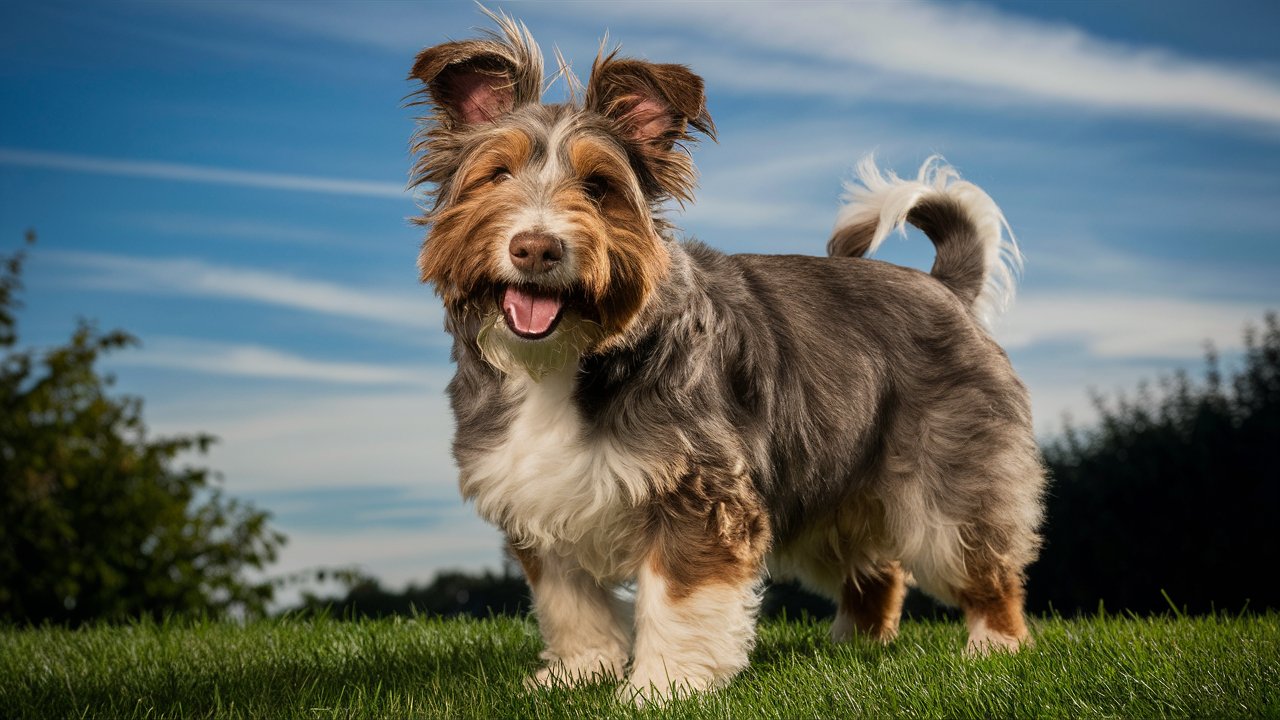
The Polish Lowland Sheepdog is generally a healthy and robust breed, but like all dogs, they are prone to certain health issues. Understanding these potential problems and taking preventive measures can help ensure your Polish Lowland Sheepdog lives a long, healthy, and happy life. This section will explore common health issues, preventive care, dietary needs, and how to maintain their overall well-being.
Common Health Issues
Hip Dysplasia
Hip dysplasia is a genetic condition where the hip joint does not fit properly into the hip socket, leading to pain, arthritis, and mobility issues. It is a common concern in many medium to large dog breeds, including the Polish Lowland Sheepdog.
Prevention and Management:
- Ensure that both parents have been tested for hip dysplasia before breeding.
- Provide a balanced diet and maintain a healthy weight to reduce stress on the hips.
- Regular, low-impact exercise, such as swimming, can strengthen the muscles around the hip joint.
- Consult with your veterinarian for treatment options, which may include medication or surgery in severe cases.
Progressive Retinal Atrophy (PRA)
PRA is a group of genetic diseases that cause the gradual deterioration of the retina, eventually leading to blindness. It is a hereditary condition, so responsible breeders should test for PRA.
Prevention and Management:
- Choose a puppy from parents who have been tested and cleared for PRA.
- Regular veterinary eye exams can help detect PRA early.
- Although there is no cure, dogs with PRA can still lead happy lives with adjustments to their environment.
Hypothyroidism
Hypothyroidism is a condition where the thyroid gland does not produce enough thyroid hormone, leading to symptoms such as weight gain, lethargy, and skin problems.
Prevention and Management:
- Regular blood tests can help diagnose hypothyroidism early.
- Treatment typically involves daily medication to replace the missing thyroid hormone.
- Monitor your dog’s weight and overall health with regular veterinary check-ups.
Other Health Concerns
While less common, Polish Lowland Sheepdogs may also be prone to other health issues such as allergies, ear infections, and autoimmune diseases. Regular veterinary care and prompt attention to any unusual symptoms can help manage these conditions effectively.
Lifespan
With proper care, Polish Lowland Sheepdogs typically have a lifespan of 12 to 15 years. Ensuring they receive regular veterinary care, a balanced diet, and adequate exercise can contribute to their longevity.
Preventive Care
Regular Veterinary Check-Ups
Routine veterinary visits are essential for maintaining your dog’s health. Annual or semi-annual check-ups can help detect potential health issues early and ensure your dog is up-to-date on vaccinations and preventive treatments.
Vaccinations
Vaccinations protect your dog from various infectious diseases, such as rabies, distemper, and parvovirus. Follow your veterinarian’s recommendations for a vaccination schedule tailored to your dog’s needs.
Parasite Control
Regular flea, tick, and heartworm prevention are crucial for keeping your Polish Lowland Sheepdog healthy. Consult your veterinarian for the best preventive products and treatment schedules.
Nutrition and Diet
A balanced diet is vital for your Polish Lowland Sheepdog’s overall health. High-quality commercial dog food or a carefully planned homemade diet can meet their nutritional needs. Here are some dietary considerations:
Protein
Ensure your dog’s diet includes adequate protein to support muscle development and overall health. Look for dog foods with meat as the first ingredient or consult your veterinarian for recommendations on protein sources for a homemade diet.
Fats
Healthy fats, such as omega-3 and omega-6 fatty acids, are essential for maintaining a shiny coat and healthy skin. Include sources like fish oil or flaxseed oil in your dog’s diet.
Carbohydrates
While dogs are primarily carnivores, carbohydrates can provide energy and support digestive health. Opt for whole grains and vegetables rather than fillers like corn or soy.
Portion Control
Maintaining a healthy weight is crucial for preventing joint issues and other health problems. Follow feeding guidelines on commercial dog food packaging and adjust portions based on your dog’s activity level and weight.
Exercise and Mental Stimulation
Regular physical activity and mental stimulation are vital for your Polish Lowland Sheepdog’s well-being. Their herding background means they have high energy levels and thrive on activities that challenge both their body and mind.
Physical Exercise
Daily walks, playtime, and activities like agility or herding trials can help keep your dog fit and healthy. Aim for at least an hour of exercise per day, but adjust based on your dog’s individual needs and energy levels.
Mental Stimulation
Polish Lowland Sheepdogs are intelligent and enjoy mental challenges. Puzzle toys, training sessions, and interactive games can provide mental stimulation and prevent boredom-related behaviors.
Grooming and Hygiene
Regular grooming is essential for maintaining your Polish Lowland Sheepdog’s health. Their long, dense coat requires consistent care to prevent matting and skin issues.
Brushing
Brush your dog’s coat at least once a week to remove loose hair and prevent tangles. During shedding seasons, more frequent brushing may be necessary.
Bathing
Bathe your Polish Lowland Sheepdog as needed, typically every few months, or when they become particularly dirty. Use a gentle dog shampoo to avoid drying out their skin.
Dental Care
Regular dental care is essential for preventing periodontal disease. Brush your dog’s teeth several times a week and provide dental chews or toys to help maintain oral health.
Ear and Nail Care
Check your dog’s ears regularly for signs of infection, such as redness, odor, or discharge. Clean their ears with a vet-approved solution as needed. Trim their nails regularly to prevent overgrowth and discomfort.
Living with a Polish Lowland Sheepdog
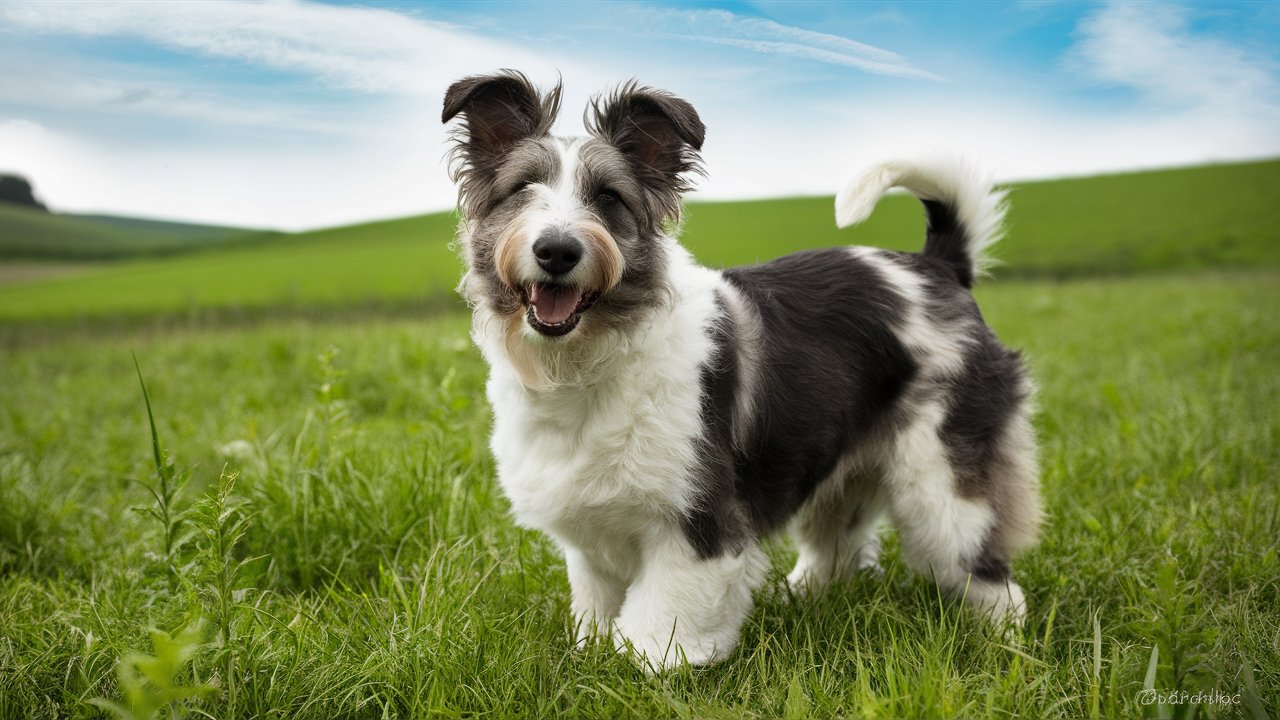
Family Compatibility
Polish Lowland Sheepdogs are excellent family pets. They are known for their gentle and protective nature, making them great companions for children. However, their herding instincts may sometimes lead them to try and herd family members, so proper training is essential.
Socialization
Early socialization is crucial for this breed. Introducing them to various people, animals, and environments from a young age will help them develop into well-rounded adults. Socialization can prevent behavioral issues and ensure that they are comfortable in different situations.
Personal Anecdote: Life with Max
Living with Max has been an incredible experience. His playful and affectionate nature brings joy to our household every day. One of my favorite memories is watching Max interact with my children. He is incredibly gentle and patient with them, and they adore him. Max’s presence has added so much love and laughter to our lives.
Activities and Sports for Polish Lowland Sheepdogs
Agility
Polish Lowland Sheepdogs excel in agility due to their intelligence and athleticism. Agility training involves navigating through obstacle courses, which provides both physical exercise and mental stimulation. Participating in agility competitions can be a fun and rewarding experience for both the dog and the owner.
Obedience
Obedience training is essential for Polish Lowland Sheepdogs. Their eagerness to please makes them quick learners, and they often excel in obedience trials. These trials test the dog’s ability to follow commands and perform various tasks, showcasing their discipline and training.
Herding
Given their herding background, Polish Lowland Sheepdogs have a natural instinct for herding. If you have access to a herding facility, participating in herding trials can be a great way to engage your dog and allow them to use their natural abilities. Herding trials involve guiding livestock through various tasks, which can be both challenging and enjoyable for the dog.
Personal Anecdote: Max’s Agility Journey
Max’s journey into agility training was a delightful adventure. His natural agility and intelligence shone through during our training sessions. I remember the first time he successfully completed a full agility course; the pride and joy on his face were unforgettable. Participating in agility competitions has strengthened our bond and provided us with countless cherished memories.
Choosing a Polish Lowland Sheepdog
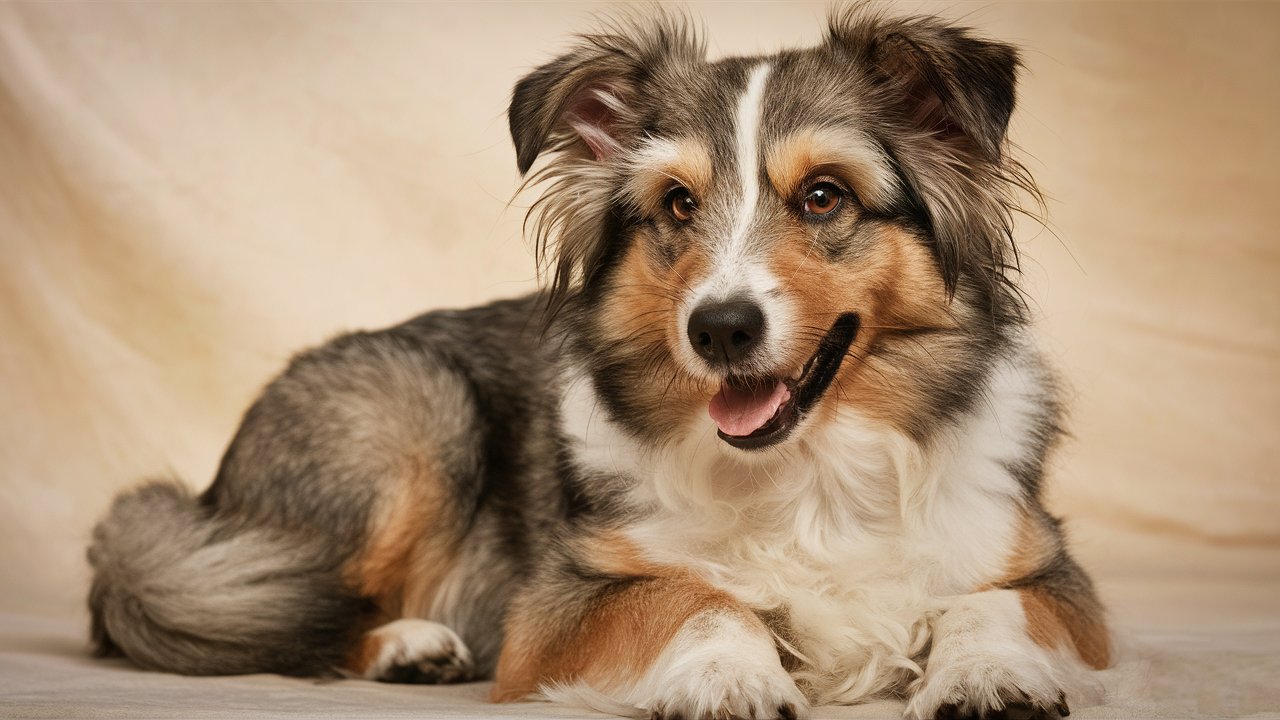
Selecting the right Polish Lowland Sheepdog involves careful consideration and research to ensure that you bring home a healthy, well-adjusted pet that fits your lifestyle. Here, we’ll delve deeper into the steps you should take when choosing a Polish Lowland Sheepdog, including finding reputable breeders, considering adoption, and understanding the breed’s needs.
Finding a Reputable Breeder
Research and References
The first step in finding a reputable breeder is to conduct thorough research. Look for breeders who are members of recognized kennel clubs or breed-specific organizations, such as the American Kennel Club (AKC) or the Polish Lowland Sheepdog Club of America. These affiliations often indicate a commitment to breed standards and ethical breeding practices.
Seek references from other Polish Lowland Sheepdog owners, veterinarians, or local dog trainers. Personal recommendations can provide valuable insights into a breeder’s reputation and the quality of their dogs.
Visiting the Breeder
Arrange to visit the breeder’s facility in person. A reputable breeder will welcome your visit and be proud to show you their dogs and breeding environment. During your visit, pay attention to the following:
- Living Conditions: Ensure that the dogs are kept in clean, spacious, and safe environments. The puppies should have access to socialization opportunities with humans and other dogs.
- Health and Temperament: Observe the health and behavior of the adult dogs and puppies. They should appear well-cared for, active, and friendly. Ask about any health screenings or genetic testing performed on the breeding dogs.
- Breeder’s Knowledge: A knowledgeable breeder will be able to answer your questions about the breed, including its characteristics, health concerns, and training needs. They should also provide detailed information about the puppy’s lineage and any health guarantees.
Asking the Right Questions
When speaking with a breeder, ask the following questions to ensure they meet high standards:
- What health tests have been performed on the parents?
- Can you provide references from previous buyers?
- How do you socialize your puppies?
- What kind of support do you offer to new puppy owners?
- Do you have a return policy if the puppy does not work out?
Adoption and Rescue
Benefits of Adoption
Adopting a Polish Lowland Sheepdog from a rescue organization or shelter is a wonderful option that provides a loving home to a dog in need. Rescue dogs can be just as loving, loyal, and well-behaved as those from breeders. Additionally, adoption often comes with several benefits:
- Health Checks: Many rescue organizations perform thorough health checks and provide necessary vaccinations and treatments before adoption.
- Behavior Assessment: Rescue organizations typically assess the dog’s behavior and temperament, helping to match you with a dog that fits your lifestyle and preferences.
- Support and Resources: Rescues often offer post-adoption support and resources, including training tips and advice on caring for your new pet.
Finding a Rescue Organization
To find a reputable rescue organization, start by researching online or asking for recommendations from veterinarians or local dog trainers. Look for organizations that specialize in Polish Lowland Sheepdogs or herding breeds. The Polish Lowland Sheepdog Club of America may also provide information on rescue groups dedicated to this breed.
Evaluating a Puppy or Rescue Dog
Health and Temperament
When evaluating a puppy or rescue dog, it’s crucial to assess their health and temperament. Here are some key points to consider:
- Physical Health: Check for clear eyes, clean ears, a shiny coat, and a healthy weight. The dog should be active and playful, with no signs of lethargy or illness.
- Behavior and Temperament: Spend time interacting with the dog to gauge their temperament. Look for signs of friendliness, curiosity, and confidence. A well-socialized dog should be comfortable around people and other animals.
- Parent Dogs: If possible, meet the puppy’s parents to get an idea of their temperament and health. This can provide insights into what you can expect from the puppy as they grow.
Compatibility with Your Lifestyle
It’s essential to choose a dog that fits well with your lifestyle and living situation. Consider the following factors:
- Activity Level: Polish Lowland Sheepdogs are active and require regular exercise. Ensure you have the time and energy to meet their exercise needs.
- Space: While they can adapt to apartment living, Polish Lowland Sheepdogs thrive in homes with access to a yard where they can play and explore.
- Family Dynamics: This breed is known for being great with children and other pets. Consider your family dynamics and how a new dog will fit into your household.

Conclusion
The Polish Lowland Sheepdog is a wonderful breed that brings joy, loyalty, and intelligence to any household. With proper training, socialization, and care, these dogs make excellent companions for families and individuals alike. Whether you’re looking for a herding dog, an agility partner, or a loving family pet, the Polish Lowland Sheepdog is sure to exceed your expectations.
Their rich history, charming appearance, and delightful personality make them a breed worth celebrating. By understanding their needs and characteristics, you can provide a loving and fulfilling life for your Polish Lowland Sheepdog. Max has been a cherished member of our family, and I hope that your journey with this incredible breed is just as rewarding.
